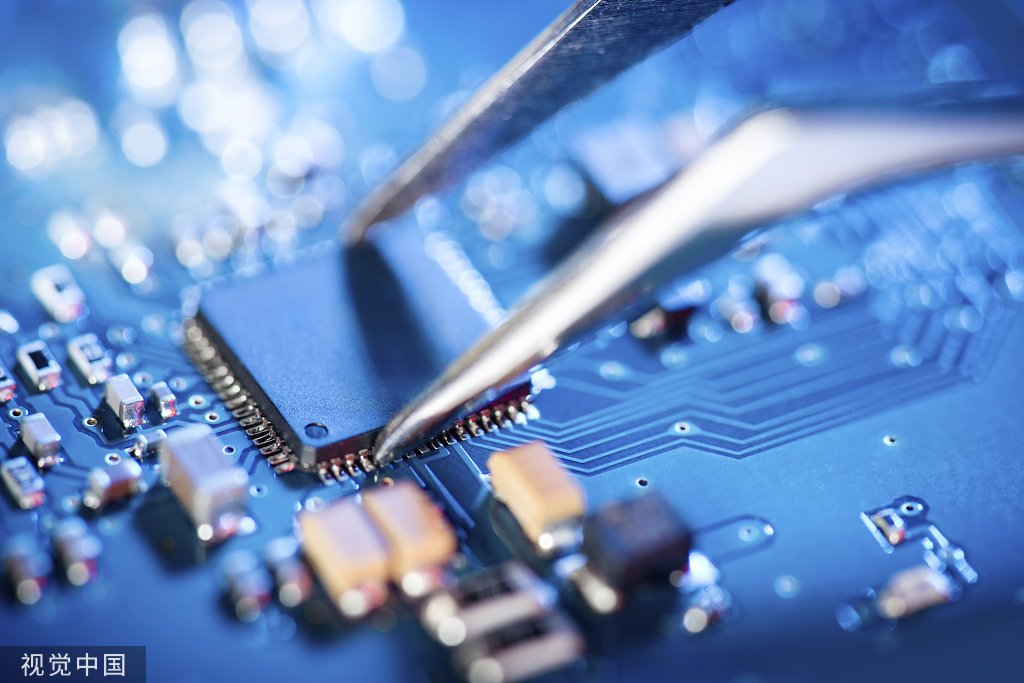Introduction
In the realm of PCB manufacturing, the seamless collaboration between designers and fabricators is crucial for producing high-quality printed circuit boards. This collaboration ensures that the transition from design to manufacturing is smooth, efficient, and free of errors, which is vital for meeting the increasing demands of modern electronic hardware design. By fostering strong partnerships, PCB manufacturers can deliver superior products that meet specific customer needs. Effective collaboration not only enhances product quality but also optimizes the overall production process, making it more efficient and cost-effective.
The concept of designer-fabricator collaboration involves a synergistic approach where both parties work closely from the initial stages of design through to the final stages of manufacturing. This collaboration not only improves the accuracy and reliability of PCB board projects but also accelerates the production process, ensuring that companies can meet tight deadlines without compromising on quality. As one of the best pcb manufacturers, such collaboration is essential to maintaining a competitive edge in the market, delivering innovative solutions, and meeting the dynamic needs of various industries.
Understanding the Roles
Designers play a critical role in the PCB manufacturing process, focusing on creating detailed and precise layouts that meet the specifications of the project. They use advanced pcb design services and pcb layout services to ensure that every aspect of the circuit board is meticulously planned. This phase involves extensive research, creativity, and technical expertise to develop a functional and efficient design. Designers must consider various factors such as electrical performance, thermal management, and manufacturability to create a robust PCB design.
Fabricators, on the other hand, are responsible for bringing these designs to life. They use sophisticated equipment and processes to transform the digital designs into physical printed circuit boards. As the best pcb manufacturers, especially those recognized as the best pcb manufacturers in china, fabricators must ensure that each board meets the highest standards of quality and performance. Their role is crucial in validating the design’s manufacturability and addressing any potential issues before mass production begins. Fabricators also play a key role in selecting appropriate materials and manufacturing techniques to ensure the reliability and durability of the final product.
Benefits of Collaboration
One of the primary benefits of designer-fabricator collaboration is enhanced design accuracy. By working closely together, designers and fabricators can ensure that designs are manufacturable, reducing the likelihood of costly errors and revisions. This collaboration allows for immediate feedback and adjustments, resulting in more precise and reliable PCBs. The early involvement of fabricators can identify potential design flaws and suggest improvements, thus optimizing the design for manufacturing.
Improved quality is another significant advantage. When designers and fabricators communicate effectively, the final product’s quality is significantly enhanced. Early involvement of fabricators in the design process helps in identifying and mitigating potential issues, ensuring that the printed circuit board assembly (PCBA) is of the highest standard. This collaboration also reduces costs by minimizing the need for redesigns and rework, leading to a more efficient manufacturing process. Moreover, it facilitates faster time-to-market, as potential issues are resolved early in the design phase, streamlining the entire production cycle.
Key Aspects of Effective Collaboration
Effective collaboration hinges on clear and continuous communication between designers and fabricators. This communication ensures that both parties are aligned and can quickly address any issues that arise during the design and manufacturing phases. Utilizing shared tools and platforms, such as advanced design and manufacturing software, further enhances this communication, enabling real-time updates and feedback. Regular meetings and discussions can also help in aligning goals and expectations, fostering a collaborative work environment.
Early involvement of fabricators in the design process is critical for successful collaboration. When fabricators are brought in at the initial stages, they can provide valuable insights into the manufacturability of the design, potentially saving time and resources. Establishing a continuous feedback loop is also essential for ongoing improvements, allowing both parties to learn from each project and refine their processes for future endeavors. This iterative process helps in building a strong relationship between designers and fabricators, leading to more innovative and efficient PCB solutions.
Challenges and Solutions
Despite the benefits, designer-fabricator collaboration can face several challenges, including miscommunication, differing priorities, and technical misunderstandings. These issues can lead to delays, increased costs, and compromised product quality. To overcome these challenges, it is essential to establish regular meetings, shared goals, and collaborative tools that facilitate seamless communication and alignment. Adopting standardized procedures and protocols can also help in minimizing misunderstandings and ensuring a smooth collaboration process.
Solutions to these challenges include implementing regular meetings and discussions to ensure that both parties are on the same page. Additionally, adopting collaborative tools and platforms can help bridge the gap between designers and fabricators, enabling them to work more effectively together. By fostering a culture of collaboration, PCB manufacturers can overcome these obstacles and achieve better outcomes. Training programs and workshops can also enhance the understanding and skills of both designers and fabricators, further strengthening their collaboration.
Case Studies
One notable case study involves a flex pcb manufacturer that successfully collaborated with a designer to create an innovative PCB design. The early involvement of the fabricator helped identify potential issues in the design phase, leading to a smoother manufacturing process and a high-quality final product. This example highlights the importance of involving fabricators early in the design process to ensure a successful outcome. The collaboration resulted in a product that met the client’s specifications and was delivered within the stipulated timeframe.
Another case study showcases how the best pcb manufacturers utilized designer-fabricator collaboration to improve product quality and reduce time-to-market. By establishing a continuous feedback loop and using shared tools, the manufacturer was able to streamline their processes and deliver superior PCBs to their clients. These case studies demonstrate the tangible benefits of effective collaboration in the PCB manufacturing industry. The improved communication and teamwork between designers and fabricators resulted in products that exceeded client expectations and set new standards in the industry.
Best Practices
Maintaining detailed and clear documentation of all design and manufacturing steps is a best practice that ensures transparency and accountability. This documentation helps both designers and fabricators understand the project’s requirements and track progress, reducing the likelihood of errors and miscommunication. Additionally, regular training sessions for both designers and fabricators can help them understand each other’s perspectives and work more effectively together. Training programs should focus on the latest industry trends, tools, and techniques to keep both parties updated and skilled.
Adopting a mindset of continuous improvement is also crucial. By learning from past projects and incorporating feedback, both designers and fabricators can refine their processes and enhance their collaboration. This approach ensures that each new project benefits from the lessons learned in previous endeavors, leading to better outcomes and higher-quality PCBs. Implementing a structured feedback mechanism and performance review system can help in identifying areas for improvement and fostering a culture of excellence.
Conclusion
In summary, designer-fabricator collaboration is vital for the success of PCB manufacturing. This collaboration enhances design accuracy, improves product quality, reduces costs, and accelerates time-to-market. By fostering strong partnerships, PCB manufacturers can deliver superior products that meet the demands of modern electronic hardware design. We encourage all designers and fabricators to work closely together and embrace a collaborative culture for the best possible outcomes.
For more information on PCB manufacturing and to explore our pcb design service, visit Arisentec PCB. Our expertise in quick turn pcb prototypes and turnkey pcb assembly ensures that we deliver high-quality PCBs tailored to your specific needs. At Arisentec, we prioritize effective collaboration between our designers and fabricators to provide our clients with innovative and reliable PCB solutions.
Choosing the Right Wires for Breadboard Wiring: A Comprehensive Guide
Breadboards are a staple in electronic circuit building, offering flexibility and ease of use for both beginners and professionals. However, one of the most critical aspects of working with breadboards is selecting the right wires. The wires you choose can impact not only the functionality of your circuit but also its longevity and ease of…
How to Improve Heat Dissipation in PCB Design
Introduction As modern electronic devices become more complex and power-dense, heat dissipation has emerged as a critical factor that directly impacts device performance and reliability. Excessive junction temperatures in electronic systems can shorten the lifespan of components and lead to system failure. Thus, optimizing the PCB (Printed Circuit Board) design to improve heat dissipation is…
Manufacturing Process of Multilayer PCBs
Multilayer PCB manufacturing methods include the plated-through hole (PTH) and high-density interconnect (HDI) methods, both achieved by combining different processes to realize the circuit board structure. Currently, the most widely used method is the PTH method, which has been developed and refined over more than half a century. The PTH method is mature in terms…


